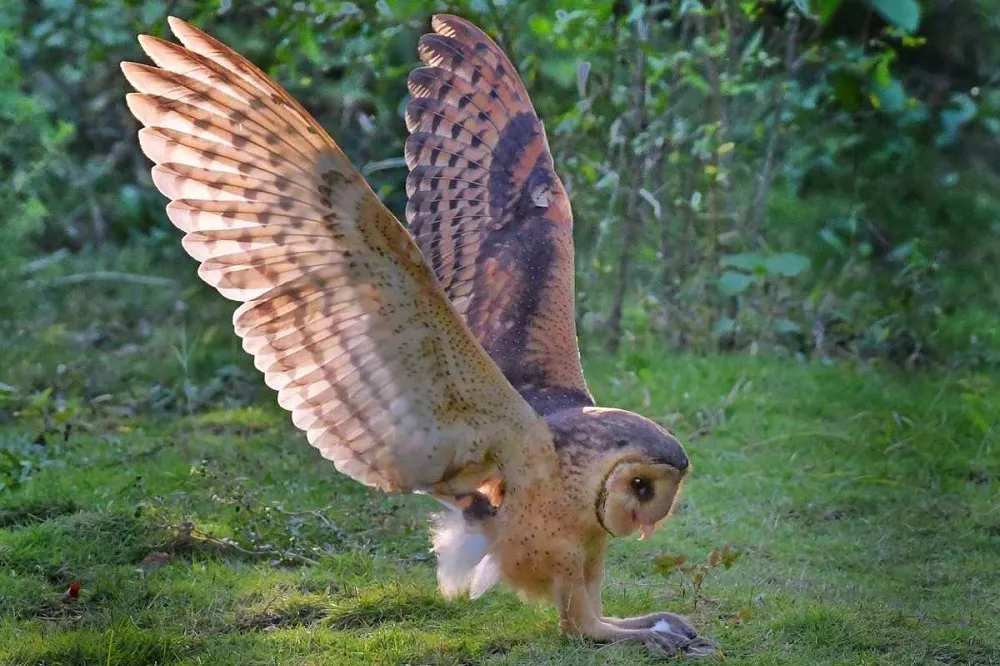Barn owls (Tyto alba) are a widely distributed species of owls found throughout most parts of the world. Known for their pale, heart-shaped face and eerie calls, these birds of prey have long been the subject of fascination and admiration. In this article, we will take a closer look at what barn owls eat, their feeding habits, and how they have adapted to their predatory lifestyle.
Diet:
Barn owls are strict carnivores, and their diet primarily consists of small mammals. These may include rodents such as mice, voles, shrews, and rats, as well as small rabbits and hares. Insects, reptiles, and birds are also occasionally eaten, but these prey items make up only a small portion of the barn owl’s diet. The specific prey species consumed by barn owls can vary depending on their geographic location, habitat type, and seasonal availability.
Feeding Habits:
Barn owls are primarily nocturnal hunters and use a combination of sight and sound to locate their prey. They have large eyes that are specially adapted to low-light conditions and can detect prey movement from great distances. In addition, barn owls have excellent hearing and can locate prey by sound alone. Their facial disk, a unique feature of owl anatomy, acts as a sound collector, directing sound waves towards their ears.
Once a prey item has been located, barn owls swoop down from above and grasp their prey with their sharp talons. The powerful grip of the talons helps to prevent prey from escaping, and the beak is then used to deliver the fatal bite. Barn owls swallow their prey whole, and the indigestible parts, such as fur and bones, are regurgitated as pellets.
Adaptations for Predation:
Barn owls have evolved a number of adaptations that have enabled them to be successful predators. One of their most distinctive features is their silent flight. Unlike many other birds, barn owls’ wing feathers have a special serrated edge that helps to dampen sound, allowing them to fly almost silently through the air. This stealthy approach allows them to get closer to their prey without alerting them.
In addition, the facial disk of the barn owl plays an important role in predation. This disk acts like a parabolic reflector, directing sound towards the bird’s ears and allowing it to locate prey with pinpoint accuracy. The barn owl’s eyes are also adapted for night vision, with a high number of light-sensitive cells called rods that help to detect even the slightest movements in low light conditions.
Barn owls are fascinating birds that have adapted to their predatory lifestyle in a number of unique ways. Their strict carnivorous diet, nocturnal hunting habits, and specialized anatomy all contribute to their success as predators. By understanding their feeding habits and adaptations, we can gain a greater appreciation for these remarkable birds and the vital role they play in their ecosystems.


 Facebook
Facebook  Instagram
Instagram  Youtube
Youtube 